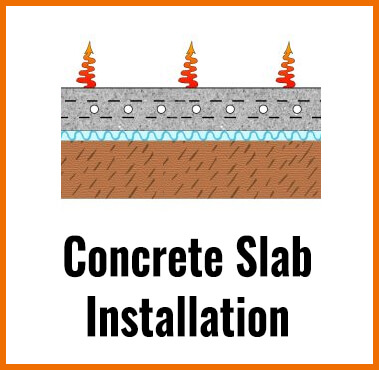Radiant Floor Heating Efficiency Rating

Warm water systems run hot water through pipes to create heat whereas electric underfloor heating heats wiring beneath the floor to generate heat.
Radiant floor heating efficiency rating. When radiant heating is located in the floor it is often called radiant floor heating or simply floor heating. In the summer water will stagnate for the floor heating and if it mixes with your regular water it won t be. The reason for this is to have the two water uses separate. Then the heat radiates out from those and warms your room.
It s comfortable efficient unobtrusive quiet and does not blow dust and allergens around the way forced hot air systems do. A combination condensing or wood burning boiler gives the best efficiency ratings. It is more efficient than baseboard heating and usually more efficient than forced air heating because it eliminates duct losses. Radiant heating systems provide direct heat to floor or walls.
Both provide heating in a room from the floor up for consistent efficient warmth. Radiant heating has a number of advantages. Also a boiler based system can be highly efficient depending on the type of boiler. There are two types of radiant floor heating electric and water based systems.
Heat rises from the floor in radiant floor systems which means the lower part of the room where people reside is heated allowing the residents to keep the thermostat lower. Radiant floor heating is arguably the ideal home heating system. Meanwhile hydronic radiant heating whereby heated water is forced through tubes under the floor is more often designed into a new structure from the get go and is more energy efficient overall. Radiators are one example of radiant heating.



















